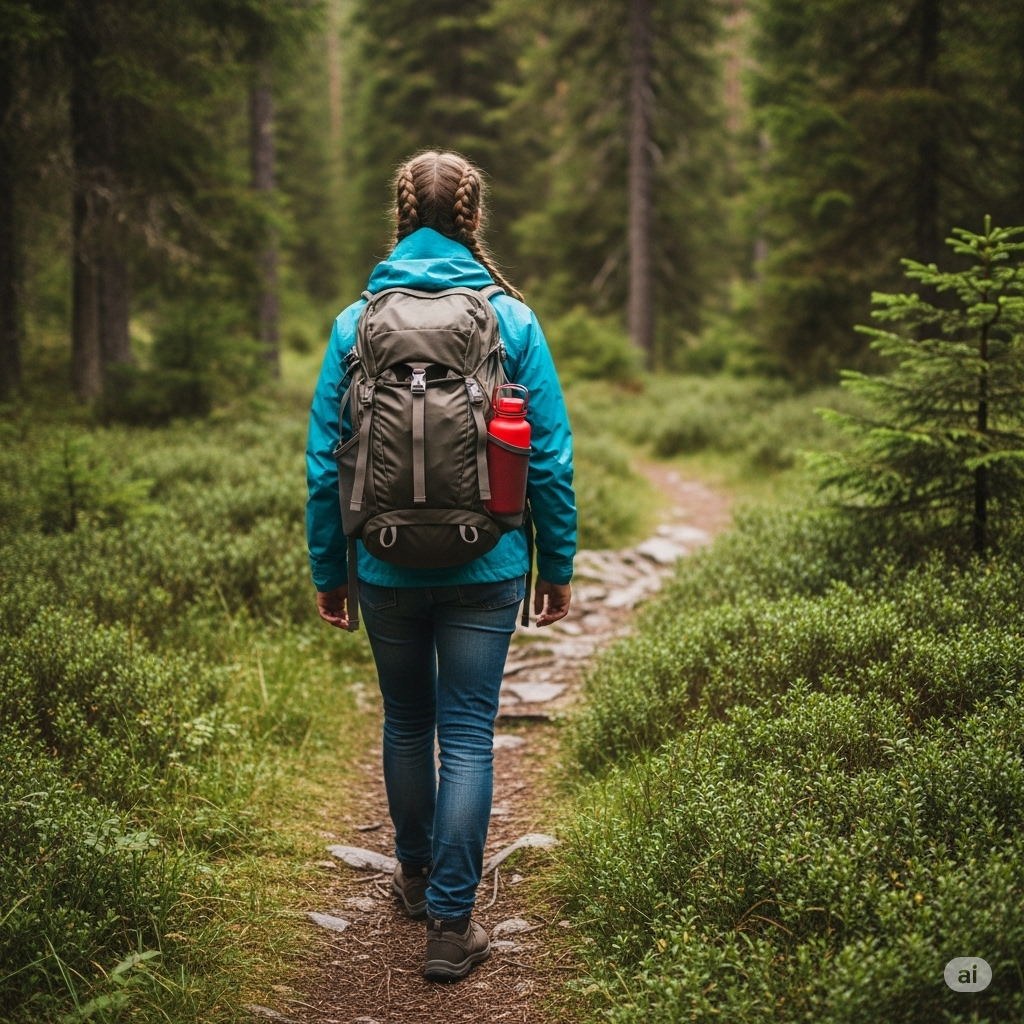Traveling opens our eyes to new cultures, stunning landscapes, and unforgettable experiences. But it also has an impact on the environment — from the carbon footprint of flights to the waste we create along the way.
The good news? With smart choices and a few habit changes, you can travel more sustainably, reduce your environmental impact, and even support local communities in a more meaningful way.
This complete guide will show you how to plan an eco-friendly trip, choose greener transportation, pack consciously, support ethical businesses, and leave the places you visit better than you found them.
Why Sustainable Travel Matters
Tourism is one of the largest industries in the world — but it’s also responsible for about 8% of global carbon emissions. Mass tourism can harm fragile ecosystems, contribute to pollution, and strain local resources. Popular destinations often struggle with overtourism, which affects both nature and local communities.
Sustainable travel doesn’t mean giving up comfort or adventure. It means being mindful, making informed choices, and understanding how your actions affect the places you love to explore.
1. Choose Destinations Wisely
Where you go has a big impact. Some places are overrun with tourists, while others need more visitors to support their communities.
✅ Tips for destination choices:
- Avoid overcrowded spots during peak season if possible — this helps reduce stress on local resources.
- Look for lesser-known destinations that are equally beautiful but less busy.
- Choose places that actively protect their environment and promote sustainable tourism.
💡 Example: Instead of popular beaches with coral damage, pick islands with strong conservation efforts and reef-friendly policies.
2. Travel by Land When Possible
Flying is often unavoidable for long trips, but whenever you can, choose trains, buses, or carpooling. These options usually have a much lower carbon footprint than planes.
✅ Smart transport choices:
- Take direct flights when flying is necessary — takeoff and landing create the most emissions.
- Fly economy — more people per flight means fewer emissions per person.
- Use trains for regional travel — they’re efficient and scenic.
- Rent hybrid or electric cars when possible.
3. Pack Light and Smart
The heavier the plane, the more fuel it burns — every extra kilo counts.
✅ Packing sustainably:
- Pack only what you need — mix and match outfits to pack less.
- Bring reusable essentials: water bottle, shopping bag, coffee cup, cutlery set.
- Use solid toiletries like shampoo bars to avoid single-use plastic bottles.
- Bring your own reusable toiletry containers.
4. Choose Eco-Friendly Accommodation
Where you stay matters. Many hotels and guesthouses now follow sustainable practices — some even get certified by independent organizations.
✅ How to find greener stays:
- Look for hotels with certifications like Green Key, EarthCheck, or LEED.
- Choose small, locally owned guesthouses instead of big resorts.
- Check if they recycle waste, use renewable energy, and support local staff.
- Avoid accommodations that exploit wildlife, like elephant rides or captive dolphin shows.
5. Support Local Communities
Sustainable travel is also about people. Supporting local businesses keeps more money in the community and reduces the footprint of importing goods.
✅ Do this:
- Eat at locally owned restaurants and street food stalls.
- Buy souvenirs directly from local artisans.
- Hire local guides — they know the land best.
- Respect cultural traditions and ask before taking photos of people.
6. Respect Wildlife and Nature
Wildlife tourism is popular, but not all activities are ethical.
✅ Be a responsible traveler:
- Avoid attractions that exploit animals for entertainment — like riding elephants or posing with drugged tigers.
- Keep your distance and don’t feed wild animals.
- Stick to marked trails to protect fragile plants and habitats.
- Use reef-safe sunscreen when swimming near coral reefs.
7. Reduce Waste on the Road
Single-use plastic is everywhere when you travel — water bottles, straws, takeout containers.
✅ How to cut waste:
- Bring a reusable water bottle with a filter if the tap water isn’t safe.
- Say no to plastic straws — carry a metal or bamboo one instead.
- Pack snacks in reusable containers or wraps.
- Refuse plastic bags — carry a foldable tote bag.
8. Offset Your Carbon Footprint
No trip is 100% impact-free. But you can balance your carbon emissions by supporting verified offset projects.
✅ How to offset:
- Use trusted platforms like Gold Standard or Atmosfair to calculate and buy offsets.
- Choose projects that plant trees, protect forests, or invest in clean energy.
9. Learn About Local Environmental Issues
Every place has its own challenges. Learning about them helps you make better choices.
✅ Examples:
- Some islands struggle with waste management — minimize your trash.
- Mountain regions may face water scarcity — conserve water in hotels.
- Many places ban plastic bags or single-use plastics — be prepared.
10. Inspire Others to Travel Better
Small actions multiply when more people adopt them.
✅ How to inspire:
- Share your sustainable tips and experiences on social media.
- Leave reviews highlighting eco-friendly hotels or tours.
- Talk to friends and family about what you’ve learned.
Final Thoughts: Leave Nothing But Footprints
Sustainable travel doesn’t mean perfect travel — it means doing your best within your budget and situation. Every reusable bottle, every choice to support local businesses, every eco-conscious decision matters.
When you choose to travel better, you help protect the very places you want to keep visiting — lush forests, clean beaches, vibrant cultures. So pack wisely, tread lightly, and remember: the world is not just yours to explore — it’s yours to protect.
Safe travels and greener adventures!
